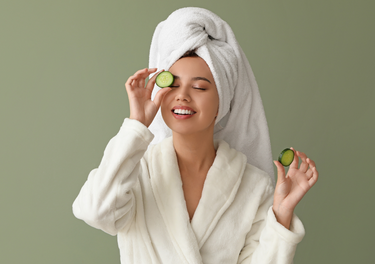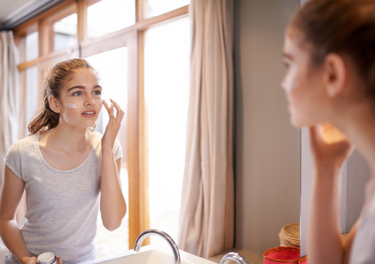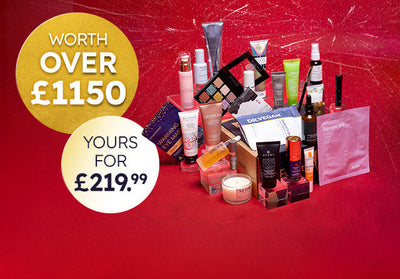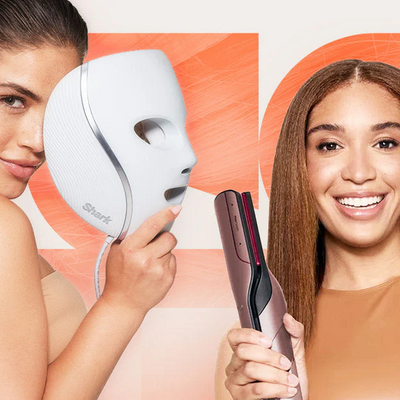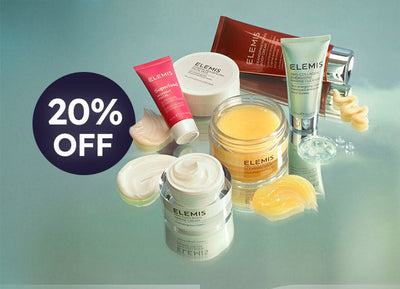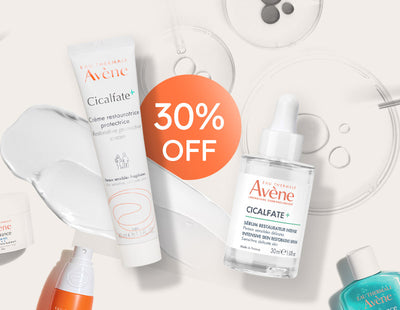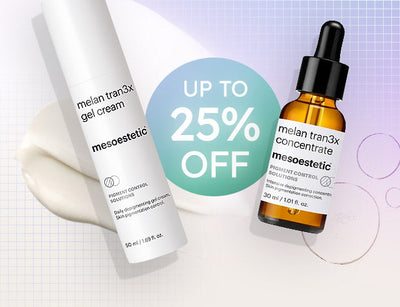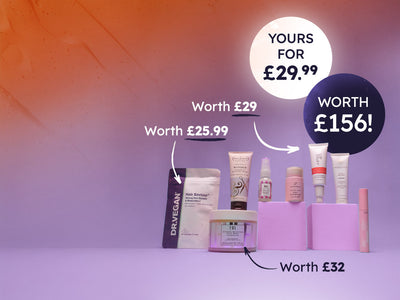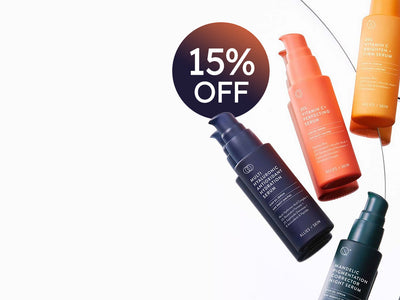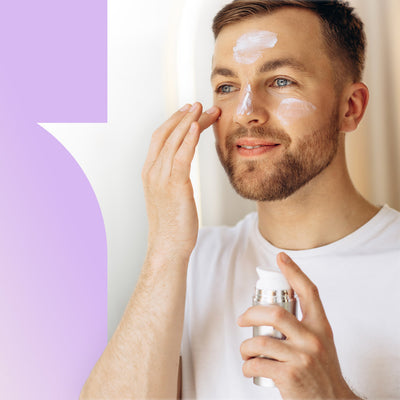Different Types Of Acne Scars And How To Treat Them
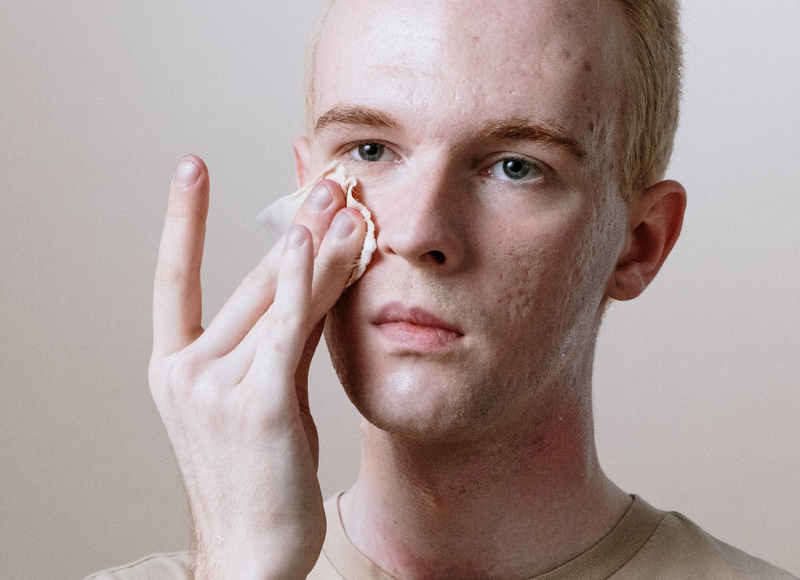
So you've just tackled a bout of acne, and your skin is finally blemish free. However, once the breakouts have subsided, they can leave their mark on your skin, leaving pitted scars and patches of red pigmentation. But, hope is not lost as there are many tactics that you can use to make your way to smooth, bright and even skin.
From the different types of acne scars, to the best treatment for acne scars and the right products to use. Here, we share our expert guide on the best way to get rid of acne scars and make them less noticeable, so that you can feel confident in the skin you're in...
1. What are acne scars?
'Acne scars' is a generalised term, and they can come in many different forms including roller, boxcar and ice-pick scars. They are a result of the inflammation from acne and blemishes, and they can take on two main forms - either the scar develops when there is a loss of tissue, resulting in an indentation in the surface of the skin, or a scar that is raised on the surface of the skin. But, not everyone that has acne develops scars (one in five people with acne will have scarring), and the good news is that not all acne scars will be permanent.
2. What are the types of acne scars?
If you have acne scars, you will likely have one of the following types:
- Ice-pick: This type of acne scar resembles an ice pick tool that has a wide shaft that narrows down to the tip. It will appear as a hole that is wide at the top and narrows to a point as it goes deeper into the skin. Ice pick scars are common, and they're also one of the most difficult and challenging scars to heal. They often appear on your forehead and upper cheeks, where your skin is thinner.
- Rolling: These acne scars are normally found on the lower cheeks and jaw, where your skin is thinner. The indents have sloping edges, making the skin looking wavy and uneven.
- Boxcar: These have indents that have sharper edges, that go deep down into the skin. They're common on the lower cheeks and jaw.
3. How to get rid of acne scars
Before you begin any treatment for acne scars, it is very important that you visit a dermatologist or skin consultant as they can recommend the best way to help reduce the appearance of your acne scars, but also make sure that they are in fact acne scarring and not another skin condition. If you want to reduce the appearance of ice pick, rolling or boxcar scars, you will need to visit a dermatologist as they may suggest treatments such as microneedling, peels, or Endymed Intensif.
There are various ingredients and over-the-counter products which may help you manage your acne and reduce the appearance of acne scars.
Salicylic Acid
Salicylic Acid is often used in acne skincare products for it's abilities to help clear dirt, debris and resurface skin cells to help prevent acne developing. It is beneficial for all scar types, and it also helps to reduce swelling and redness, which may minimise the appearance of scarring. SkinCeuticals Blemish + AGE Defense Serum has been specifically created for blemish-prone skin types, and contains Salicylic Acid to help reduce the formation of acne and clogged pores for clear, radiant skin.

Retinoids
Some topical retinoids (Vitamin A) may help to reduce the appearance of acne scars, as they block inflammation, reduce acne lesions, and speed up cell regeneration. Research also suggests that retinoids could help lighten hyperpigmented acne scars, including those in people with darker skin. Medik8 Crystal Retinal 3 is the perfect entry-level product for those who are new to vitamin A, is suitable for all skin types, and renews and resurfaces the skin while clearing bacteria responsible for blemishes and breakouts.

Lactic Acid
According to studies, lactic acid peels done every 2 weeks for 3 months improved the skin's overall texture, pigmentation, and lightened acne scars. This acid acts as a gentle peel to exfoliate dead skin cells and can be found in plenty of exfoliating products such as mesoestetic Melan Tran3x Intensive Depigmenting Concentrate, which is supercharged with lactic acid to gently exfoliate and reduce the appearance of dark spots, while regulating the formation of melanin.

Sunscreen
It is imperative that you wear sunscreen with a factor of at least 30 every single day to help protect your skin against damaging UV rays. Without SPF, sun exposure can darken the appearance of acne scars, making them more noticeable on the skin. Colourescience Sunforgettable Total Protection Face Shield SPF 50 is a lightweight, oil-free hydrating and antioxidant-rich sunscreen that protects the skin from UV rays, pollution, high energy visible blue light (HEV), and infrared radiation (IR).

Not sure what type of acne you have? Discover the different types of acne so that you can select the right products for your skin type here.
